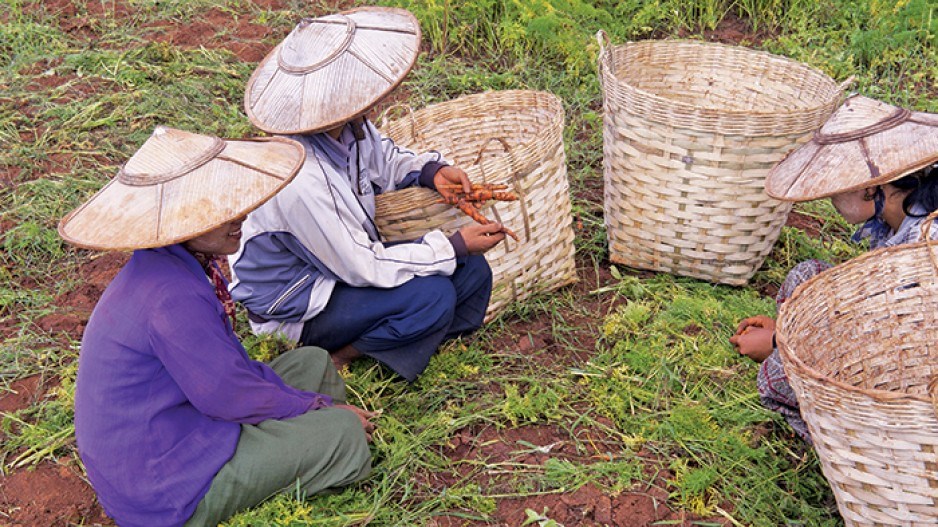The demand for labour among the countries of Southeast Asia is set to explode over the next decade as the region this year creates an economic community modelled on the European Union.
But, as with the EU, the free movement of labour is proving to be one of the most contentious issues in the creation of the Association of Southeast Asian Nations Economic Community (AEC). Governments fear political backlash if their citizens are pushed out of work by influxes of more skilled or cheaper labour from elsewhere in the union. Therefore, they have agreed to a very restricted agenda, permitting the free movement of only eight categories of skilled workers, and then only to implement investment in other AEC nations by their home countries.
The result is that the liftoff of the AEC is likely to be ungainly as the demands for labour to meet opening opportunities clash with restricted supply.
There are now about 300 million people employed in the 10 countries of AEC – Thailand, Indonesia, Brunei, Singapore, Cambodia, Burma, Vietnam, Laos, the Philippines and Malaysia. But a report last year by the Asian Development Bank and the United Nations’ International Labour Organization estimated this could increase by 64 million within the decade. Of those, 14 million would be skilled labour, 38 million would be medium-skilled and 12 million would be unskilled workers.
At the moment, there are an estimated 6.5 million legal migrant workers in the AEC area, most of them unskilled. There are also many illegal migrant workers, who are the target of occasional removal campaigns by host countries, and whose presence gives political bite to the issue of free labour movement in the AEC.
In the legal migrant worker market the main sources of labour are Cambodia, Burma, Laos, Indonesia, the Philippines and Vietnam. Burma, also known as Mynamar, is by far the largest source of migrant workers. There are about two million Burmese working in other Southeast Asia countries. The main target countries for foreign labour are the industrialized nations of Thailand and Malaysia, the service industry centre of Singapore and the oil sultanate of Brunei. Thailand’s manufacturing industries receive about three million foreign workers, about half the region’s total. In Singapore and Brunei around half the entire labour forces are made up of foreign workers.
The AEC’s plan for the free movement of labour is, at the moment, a very limited document. It includes only eight professions – accounting, architecture, dentistry, engineering, medical practice, nursing, surveying and tourism.
However, the obstacles to the movement of labour remain severe. Without significant liberalization, the current system cannot meet the anticipated demand once the AEC comes into effect this year.
And the prospects don’t look very attractive for people contemplating working elsewhere in AEC. There is no common labour rights code in the region, and so far there are no arrangements to make social security and other benefits portable within the AEC. •
Jonathan Manthorpe ([email protected]) has been an international affairs columnist for nearly 40 years.




